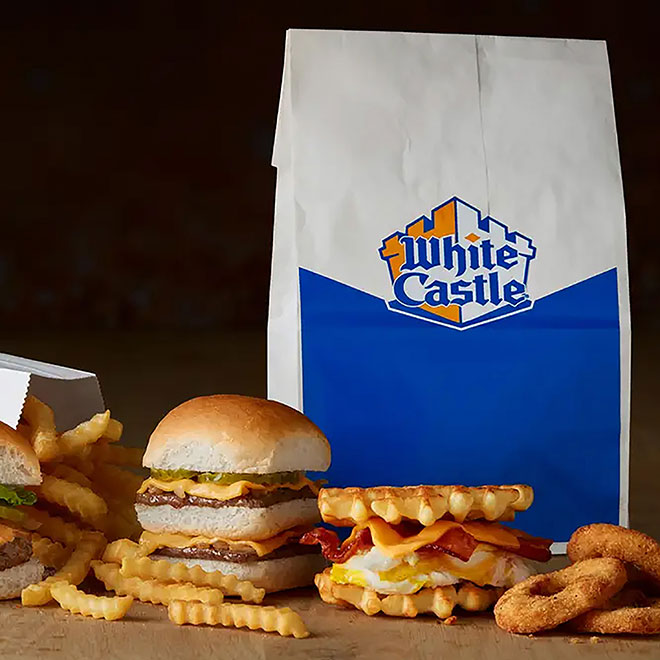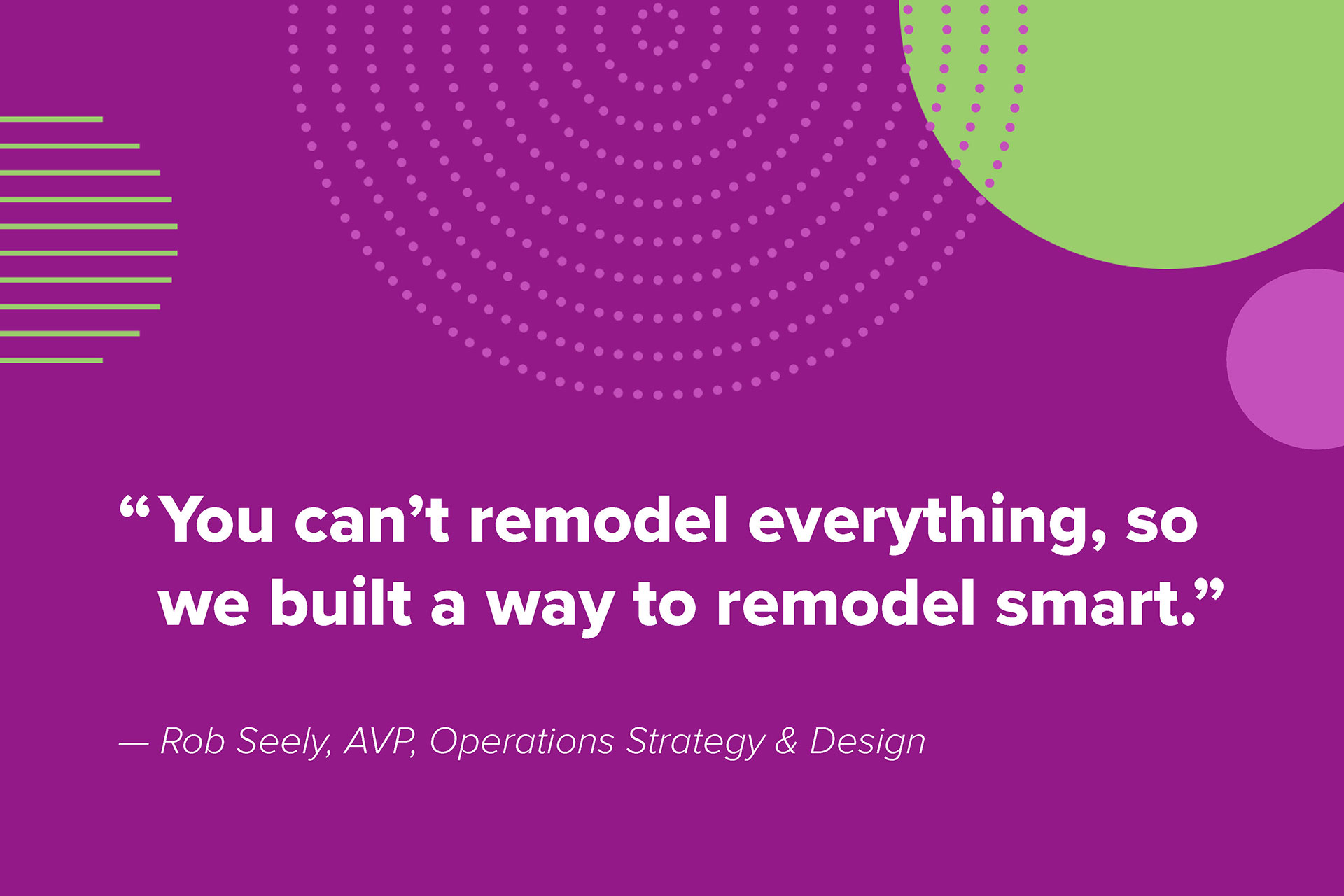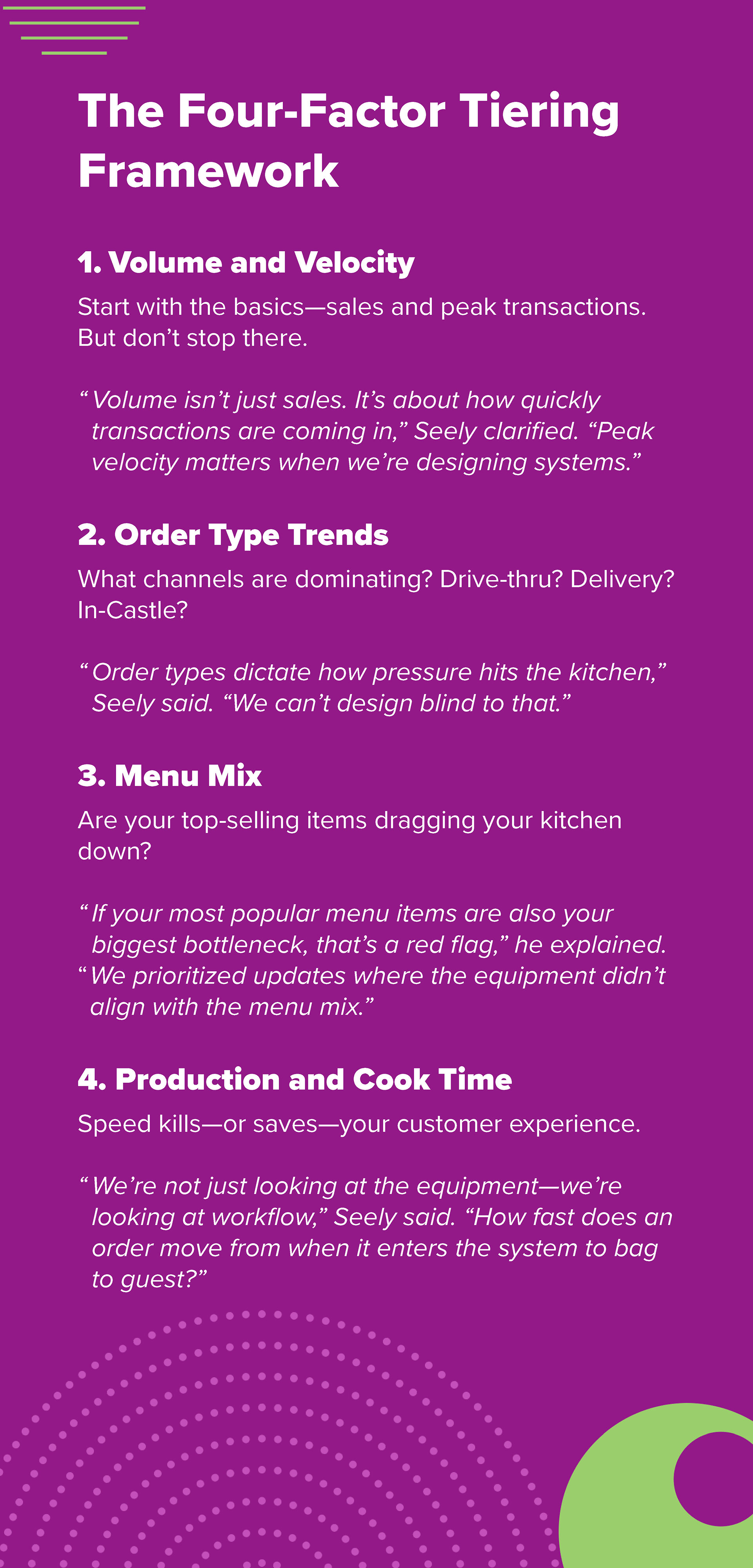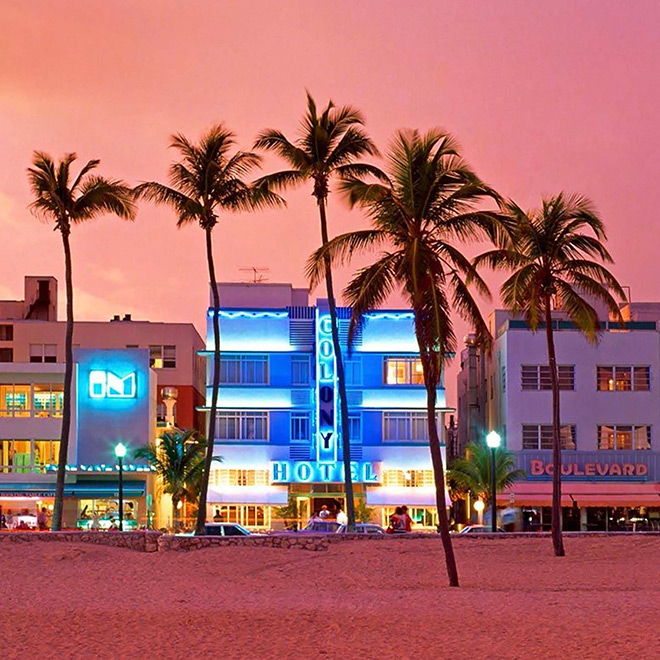
From the Ground Up (Or Not): How to Prioritize Restaurant Remodels That Actually Pay Off
White Castle's Tiered Remodel Strategy Puts Operators Back in Control
Estimated Read Time: 2 Minutes
In Part 1, we explored how WD worked with White Castle to build a back-of-house prototype that was fast, efficient, and future-focused. But let's be honest—most brands don't have the luxury of launching all-new stores from a blank slate.
The real challenge? Making that same innovation work inside a footprint that already exists.

Which begs the question: you've got the killer new prototype—now what?
How do you prioritize upgrades across hundreds of stores that weren't built for modern workflows? How do you make the biggest impact, with the smartest investment?
That's exactly what WD tackled for White Castle—by building a tiering system to help operators, whether they’re managing 10 stores or 1,000, figure out where to invest first.
Enter: The Four-Factor Tiering Framework

This framework wasn't theoretical. It became the decision-making engine behind a massive remodel program. Whether the location was a flagship store or an aging unit, this model let operators know where the ROI was hiding.
"It works whether you're planning 500 remodels or just trying to update a single store." – Rob Seely
Want help building your own remodel strategy or BOH blueprint? WD has done this from concept to rollout, prototype to re-entry. Reach out—we'll help you build what's next, not just what's new.

 Rob Seely
Rob Seely Joanne Heyob
Joanne Heyob


